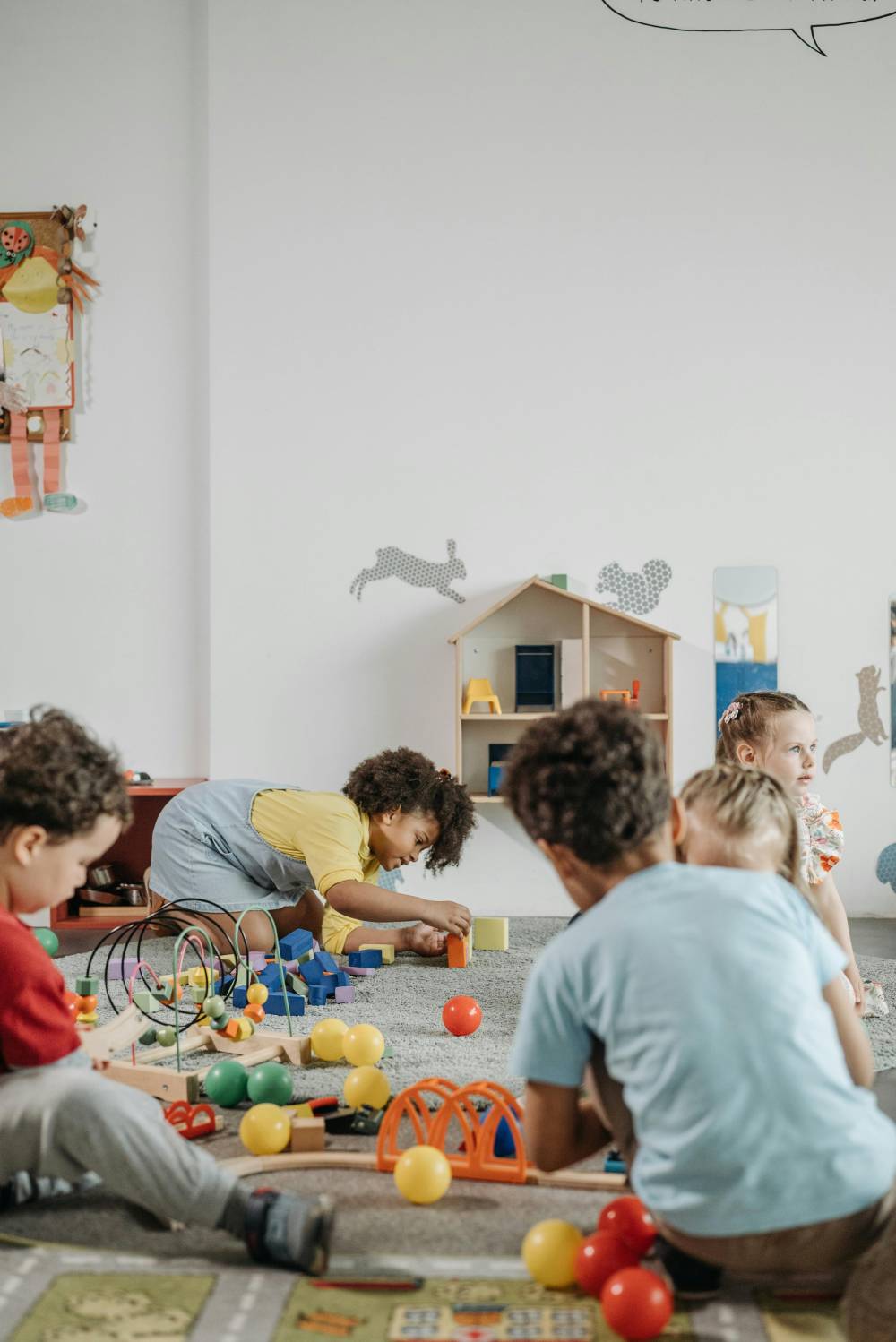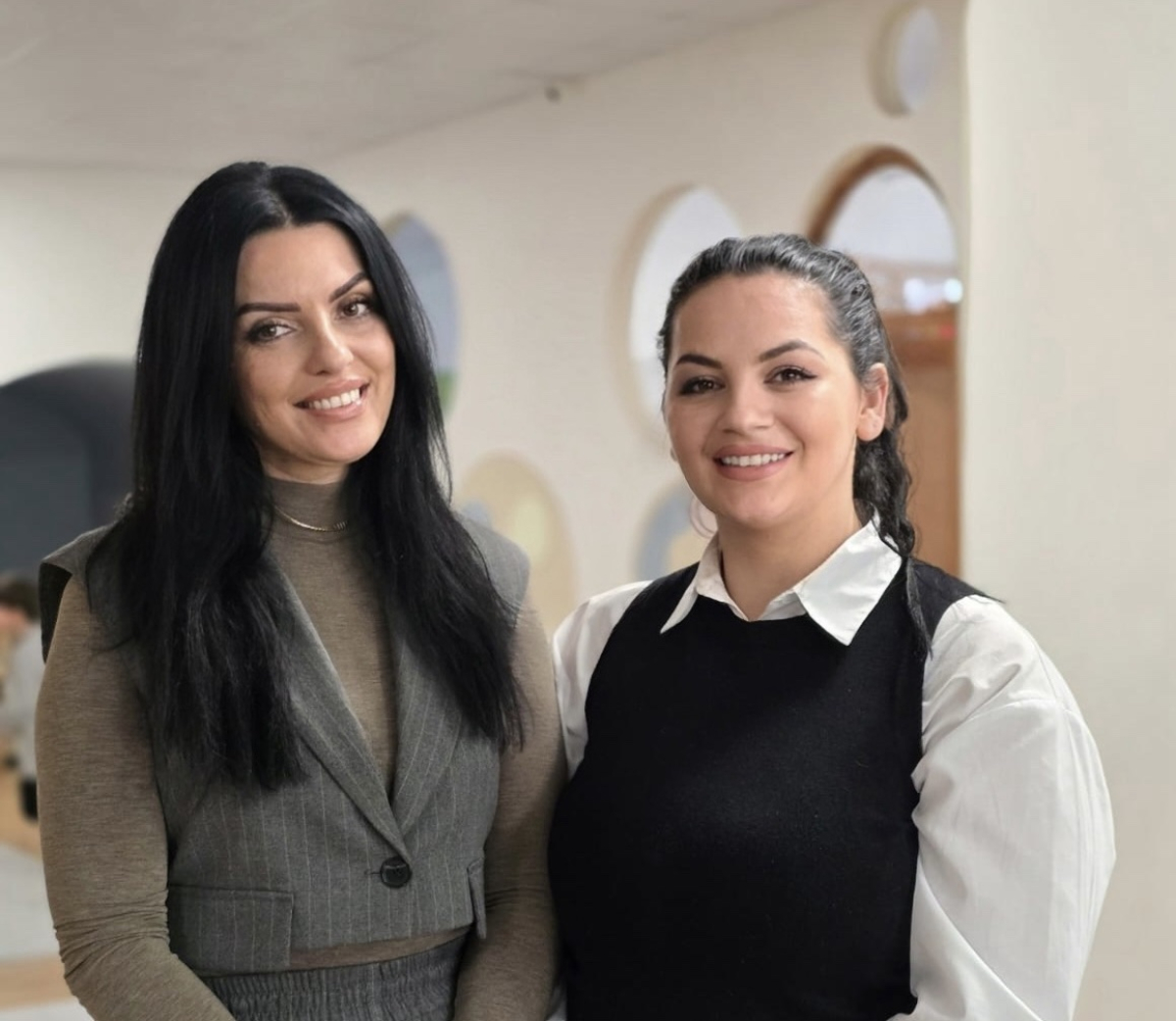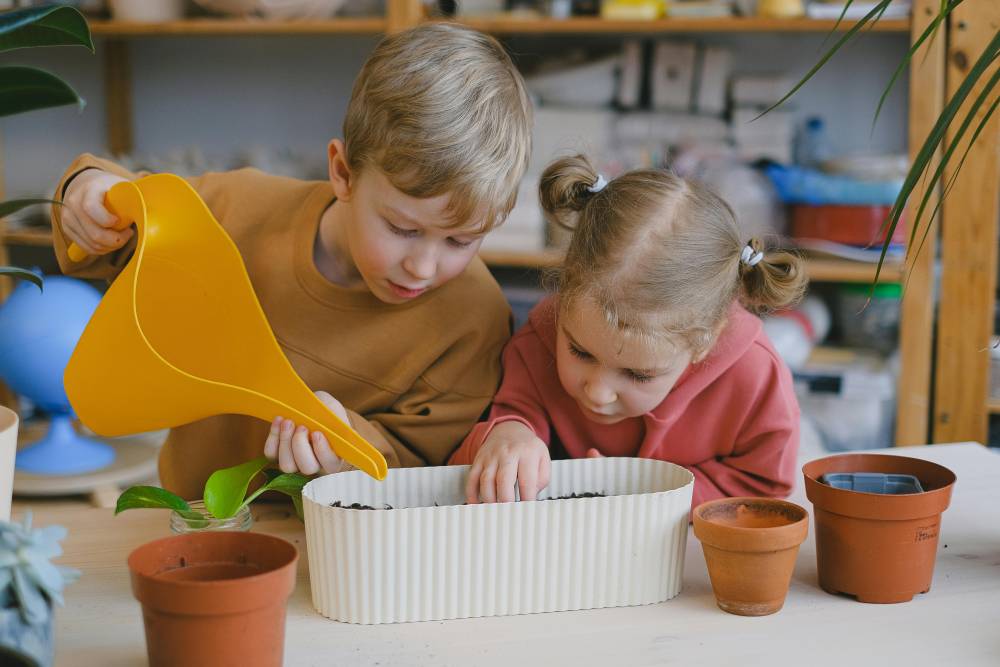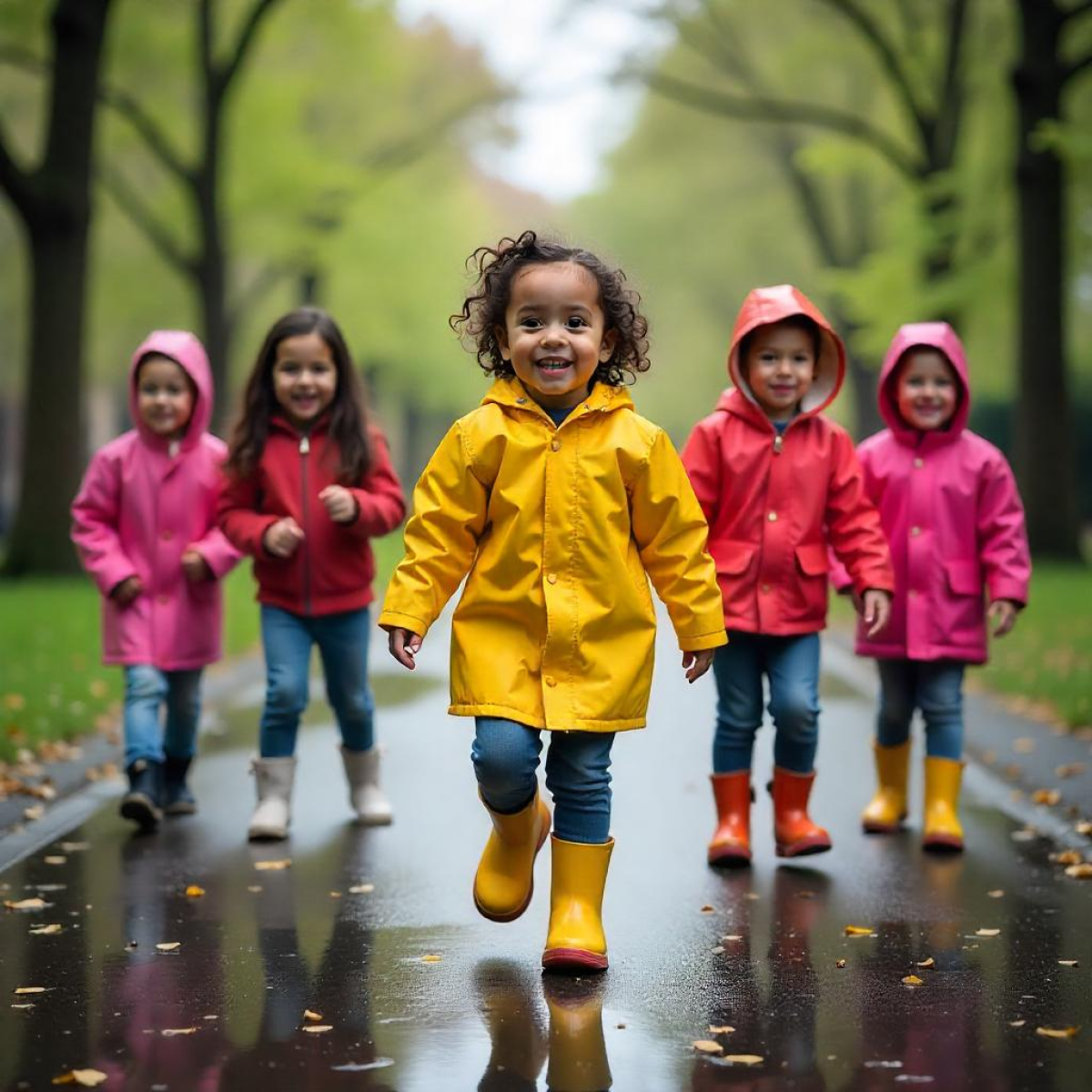In today's increasingly interconnected world, fostering diversity and inclusion in childcare settings is paramount. Every child deserves to feel valued, respected, and represented, regardless of their background or identity. By embracing diversity and promoting inclusion, childcare providers play a crucial role in nurturing a generation that celebrates differences and builds bridges across cultures. Let's explore why diversity and inclusion matter in childcare and delve into practical strategies for creating inclusive environments where all children thrive.
Why Diversity and Inclusion Matter
Diversity encompasses more than just differences in race, ethnicity, or culture—it includes variations in abilities, family structures, languages, and more. Embracing diversity enriches the learning experience for children by exposing them to a wide range of perspectives, traditions, and ways of life. Moreover, promoting inclusion ensures that every child feels a sense of belonging and acceptance, which is vital for their social, emotional, and cognitive development.
Strategies for Creating Inclusive Environments
Cultivate Cultural Competence: Educate childcare staff about diverse cultures, customs, and traditions to better understand and appreciate the backgrounds of the children they serve. Encourage ongoing learning and dialogue to promote cultural competence among staff members.
Celebrate Diversity Through Curricula: Incorporate diverse perspectives, stories, and experiences into the curriculum to reflect the cultural richness of the children and families in your childcare community. Use multicultural books, music, art, and activities to celebrate diversity and broaden children's horizons.
Promote Language Inclusivity: Embrace linguistic diversity by supporting children who speak languages other than the dominant language spoken in the childcare setting. Offer materials, books, and activities in multiple languages to affirm the value of linguistic diversity and help children feel proud of their heritage languages.
Create Welcoming Spaces: Design childcare environments that reflect and respect the diverse identities of the children and families you serve. Display multicultural artwork, flags, and symbols that represent different cultures. Ensure that toys, books, and learning materials depict diverse characters and experiences.
Foster Positive Relationships: Encourage children to form friendships across cultural boundaries by promoting empathy, kindness, and mutual respect. Teach children about similarities and differences, emphasizing the importance of acceptance and inclusion.
Involve Families and Communities: Partner with families to create a sense of belonging and involvement in the childcare community. Invite families to share their cultural traditions, languages, and celebrations with the children. Collaborate with community organizations and cultural institutions to enrich children's experiences and broaden their understanding of the world.Utilize the kidsday app to engage families and community organizations in celebrating cultural traditions and sharing diverse perspectives.
Address Bias and Stereotypes: Challenge biases and stereotypes by fostering critical thinking skills and promoting positive representations of diverse identities. Teach children to appreciate differences and stand up against discrimination or prejudice.
Provide Professional Development: Offer training and professional development opportunities for childcare providers to deepen their understanding of diversity, equity, and inclusion principles. Equip staff with the tools and resources they need to create inclusive learning environments and address issues of bias effectively.
Promoting diversity and inclusion in childcare settings is not only a moral imperative but also a cornerstone of quality early childhood education. By embracing diversity, celebrating cultural richness, and fostering inclusive environments, childcare providers can lay the foundation for a more equitable and compassionate society. Let us commit to nurturing children who not only embrace their own identities but also respect and appreciate the diverse tapestry of humanity. Together, we can create a world where every child feels seen, heard, and valued.








